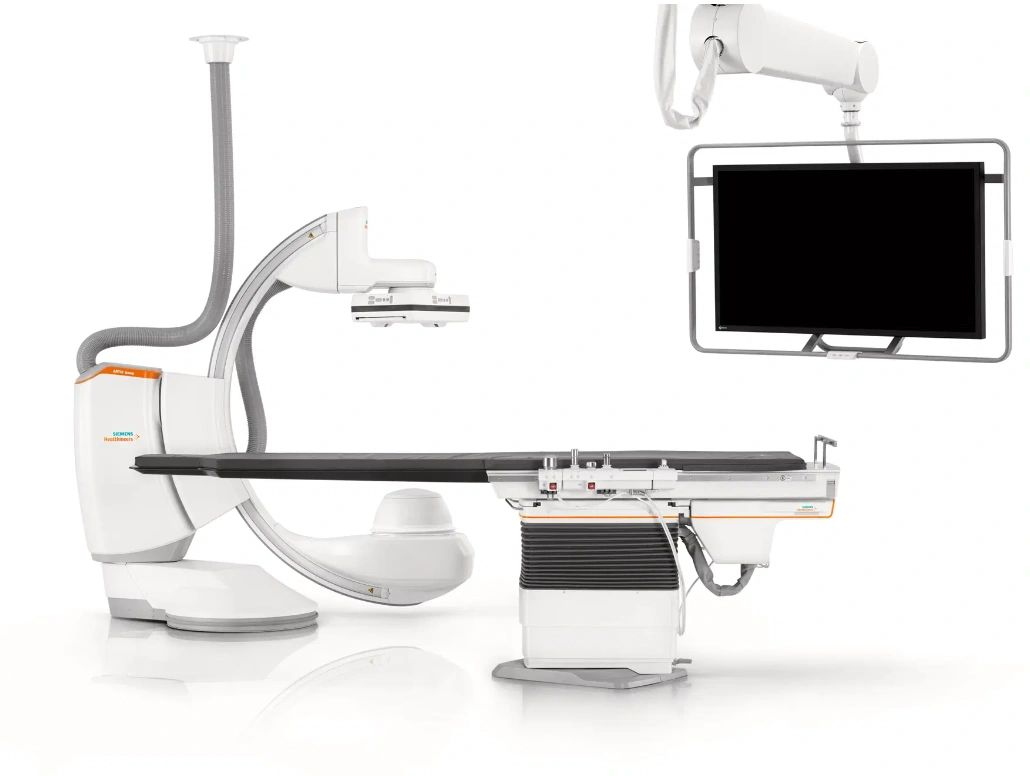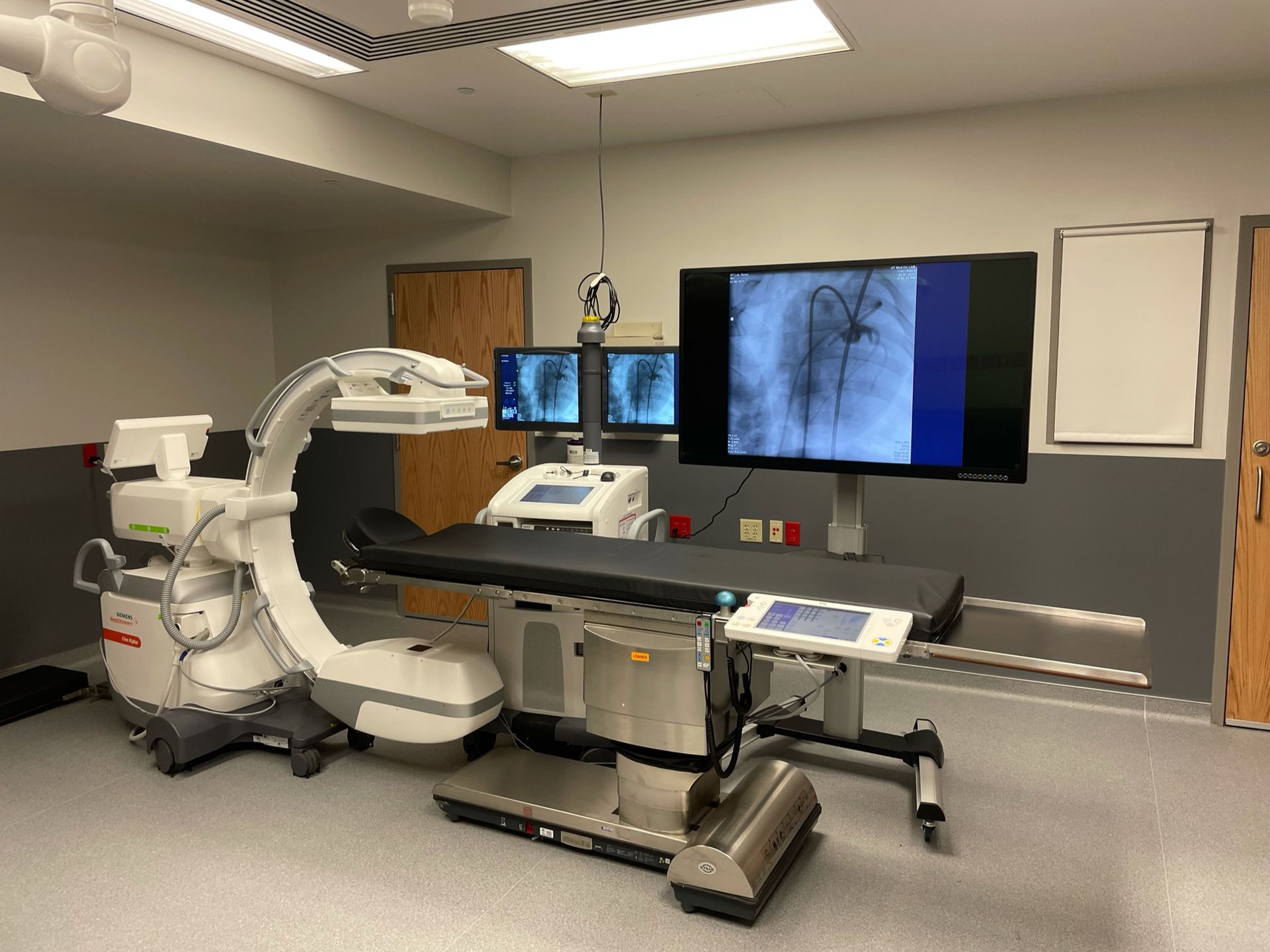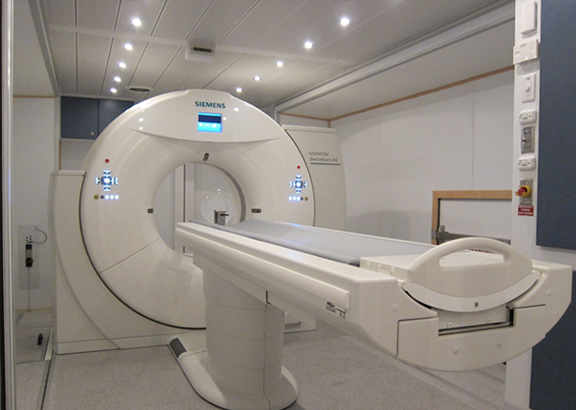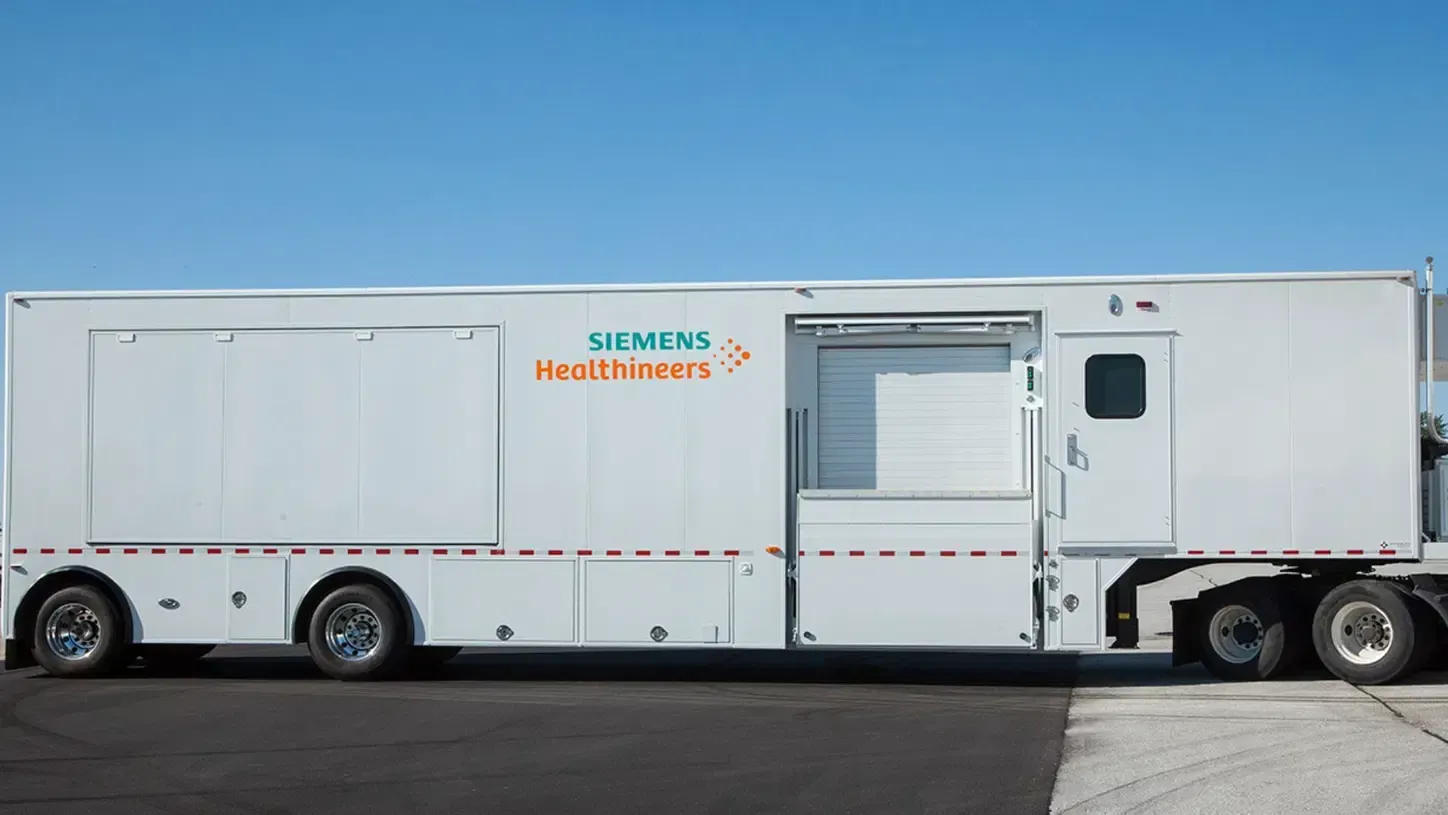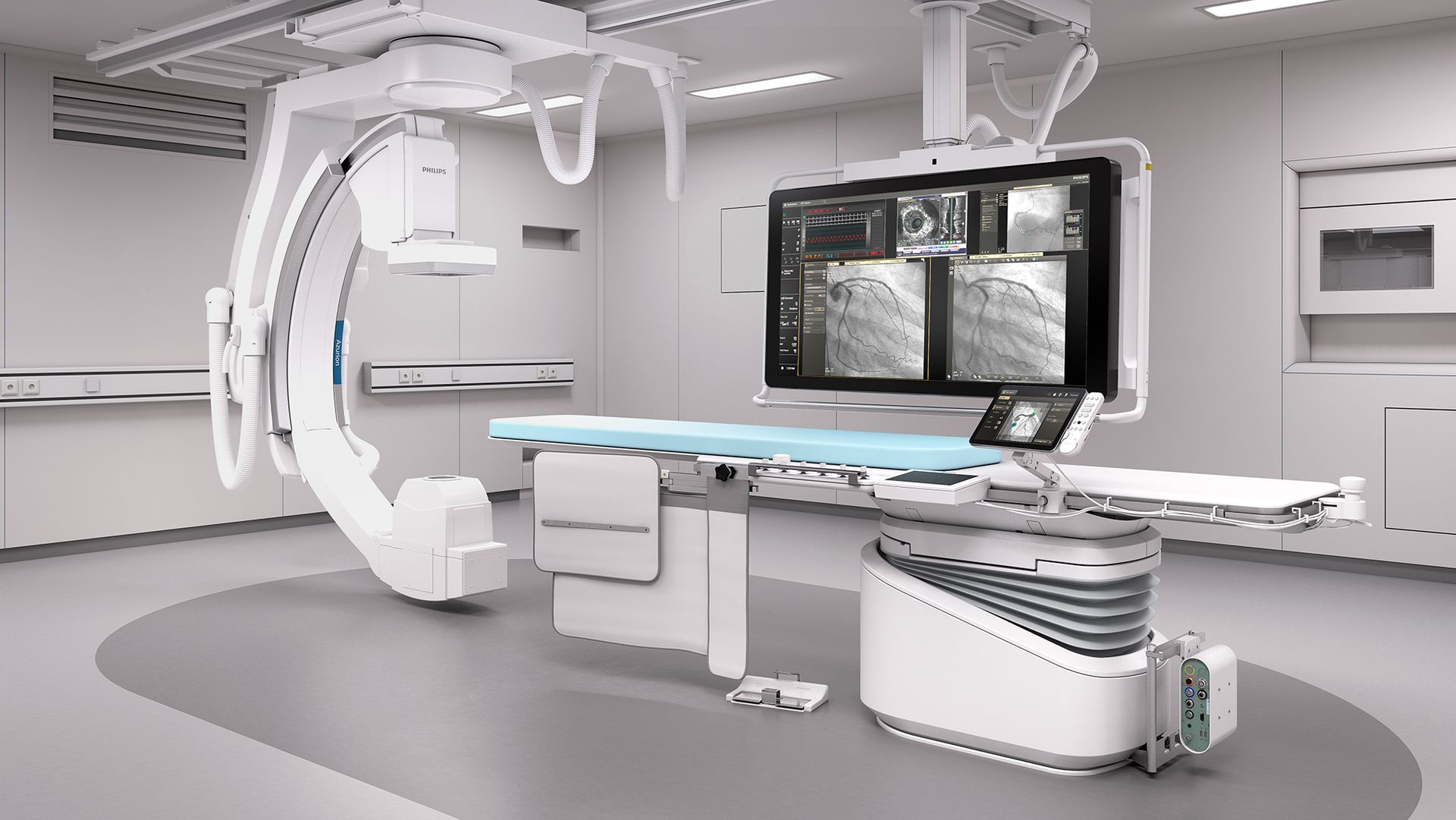Are you planning on upgrading your Electrophysiology Lab? There are a lot of reasons to be excited for a new EP Lab!
There’s also a lot of work and planning involved.
Do you have a plan for continuing procedures during the resulting EP Lab construction and replacement downtime?
The biggest challenge you will likely face during an Electrophysiology Lab replacement or upgrade will be finding a way to continue to treat patients during your EP Lab’s downtime. This is essential to your patients, your Electrophysiologists , and your facility’s bottom line.
If you do not plan for your downtime properly the result will be reduced procedure capacity for your providers that will consequently force them to reduce their surgical volume. This negatively impacts both your patients and your bottom line.
When upgrading to a new EP lab, manufacturers such as GE, Philips, and Siemens will tell you that your downtime will be between 3 to 6 months. This is the best-case scenario.
Atlas Medical has helped hundreds of hospitals, OBLs, and ASCs bridge this downtime gap
Our internal data shows that the average EP lab replacement results in an average of 9.4 months of downtime.
9.4 months is a long time to be using a temporary EP Lab. When deciding on a temporary Electrophysiology Lab solution it is important to consider the both the workflow for your clinical staff and the patient experience.
The Best Temporary EP Lab Solution
Consider the components of a state-of-the-art Electrophysiology Lab. These EP Labs are built directly into a floor, ceiling, or both.
EP Labs consist of 3 main components:
- a fixed C-arm built into either the floor or ceiling
- a vascular surgical table installed into the floor
- a large monitor and boom installed on the ceiling
Recent technological advancements have allowed manufacturers to offer these 3 components in a mobile offering that is clinically comparable to an EP Lab.
Surgical providers can continue to operate on patients during downtime by utilizing mobile equipment to create a ‘Mobile EP Lab’.
These Mobile EP Labs consist of the 3 main components of a fixed EP Lab, but each component is mobile:
- a mobile C-arm on wheels
- a mobile vascular surgical table on wheels
- a mobile large monitor system on wheels
A Mobile Electrophysiology Lab requires a room within the hospital to be converted into a temporary EP Lab during your EP Lab’s downtime. The most common rooms we see converted into Mobile Electrophysiology Labs are Operating Rooms.
Since all of the required technology is mobile it can be wheeled in and out of the room.
What technology is used to create a Mobile EP Lab?
Mobile C-arm
Mobile C-arms manufactured just 10 years ago were not up to the task of providing EP Lab quality imaging. That has since changed. Today’s high-end Vascular C-arm manufactured by GE OEC, Philips, Siemens, and Ziehm likely provide better image quality and performance than the old Electrophysiology Lab you are replacing.
This is made possible by the following technological improvements:
- Flat panel detectors replacing Image Intensifiers
- Better image quality, large field of view, lower dose
- Larger generators
- Prevents overheating and provides better image quality
- Updated cooling mechanisms
- Prevent overheating that occurred in older C-arms
- Motorized movements
- Allow for similar workflow as a fixed EP Lab
Mobile Surgical Tables
Your surgeon depends on your EP Lab’s Vascular Surgical Table to properly position and move their patients.
Today’s leading Surgical Table manufacturers such as IDI and Stille offer mobile Vascular Surgical Tables that can do everything an EP Lab’s Surgical Table can do:
· Free-float movements
· Airplane
· Trendelenburg
· Elevate
Mobile Large Monitor System
Fixed EP Labs offer Electrophysiologists high quality images on large screens. A 19” or 32” mobile C-arm screen doesn’t compare to the 55” 4K monitor that are used in today’s Electrophysiology Labs.
Atlas Medical offers a 55” 4K mobile monitor system - the Atlas55 - to pair with your mobile C-arm, Cardiac Mapping, Ablation Monitoring, and IVUS system via a quadscreen interface. This system can connect to all of your required systems via DVI cable or wirelessly.
Below is a video that compares the image size and quality of a fluoro run on a standard mobile C-arm monitor vs the Atlas55.
Where can I rent the technology and equipment to create a temporary Mobile EP Lab?
Atlas Medical is your one stop shop for a temporary Mobile EP Lab. We’ve helped hundreds of customers avoid surgical capacity limitations due the EP Lab downtime.
Temporary Electrophysiology Lab
CHECKLIST
- Identify room to be used for your temporary EP Lab
- Identify changes that will need to be made from your typical patient and clinical workflo
- Locate or source the 3 components of a Mobile EP Lab
- Mobile C-arm
- Mobile Vascular Table
- Mobile Large Monitor System
ABOUT ATLAS MEDICAL
Atlas Medical has been providing hospitals with mobile imaging and interventional solutions for over a decade. Hospitals continue to work with Atlas Medical for their mobile imaging needs after experiencing our conversion of:
- State of the art technology
- Extensive clinical knowledge
- Award winning service
Our mobile imaging and interventional fleet includes:
Diagnostic Imaging Mobile Rentals:
MRI, CT
Interventional Mobile Rentals:
Cardiac Cath, Angio, Vascular, Interventional Radiology, and EP
Atlas Medical works with customers that need rental mobile imaging solutions during construction downtime, do not have permanent access to state of the art imaging and interventional technology, are experiencing a temporary or seasonal volume increase, and/or require a temporary rental solution while waiting for budget approvals.
Reach out today to tailor a mobile solution for YOU.
support@atlas-medllc.com
